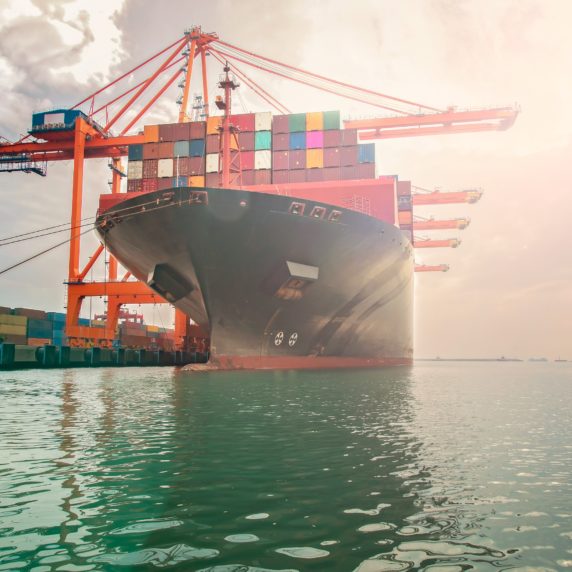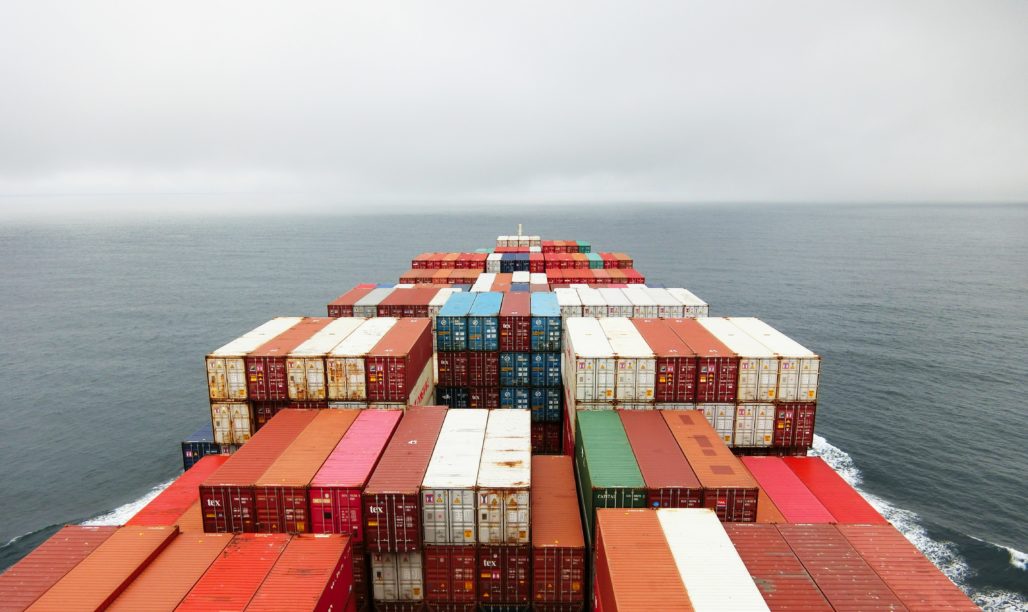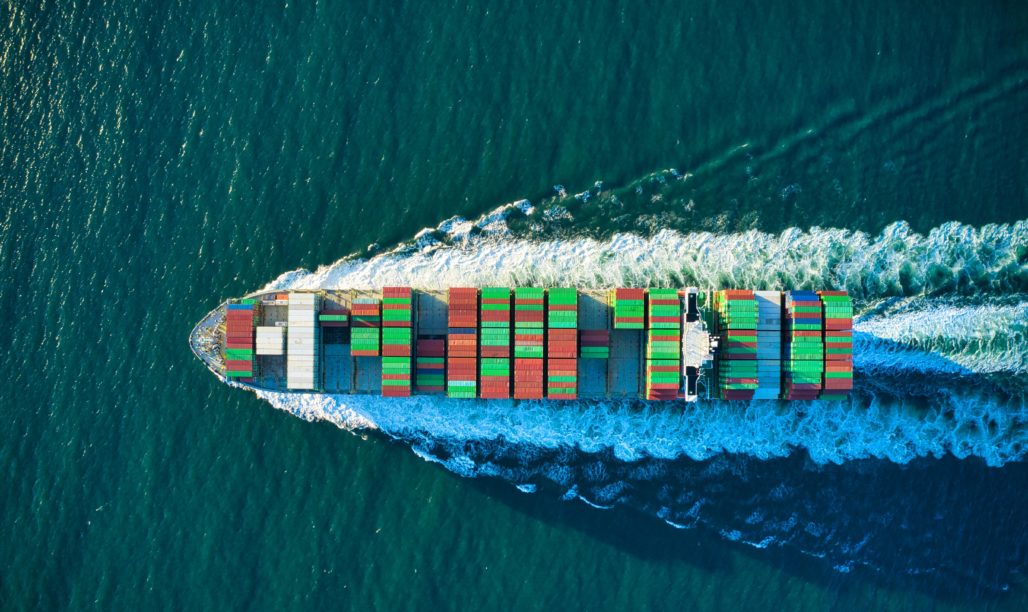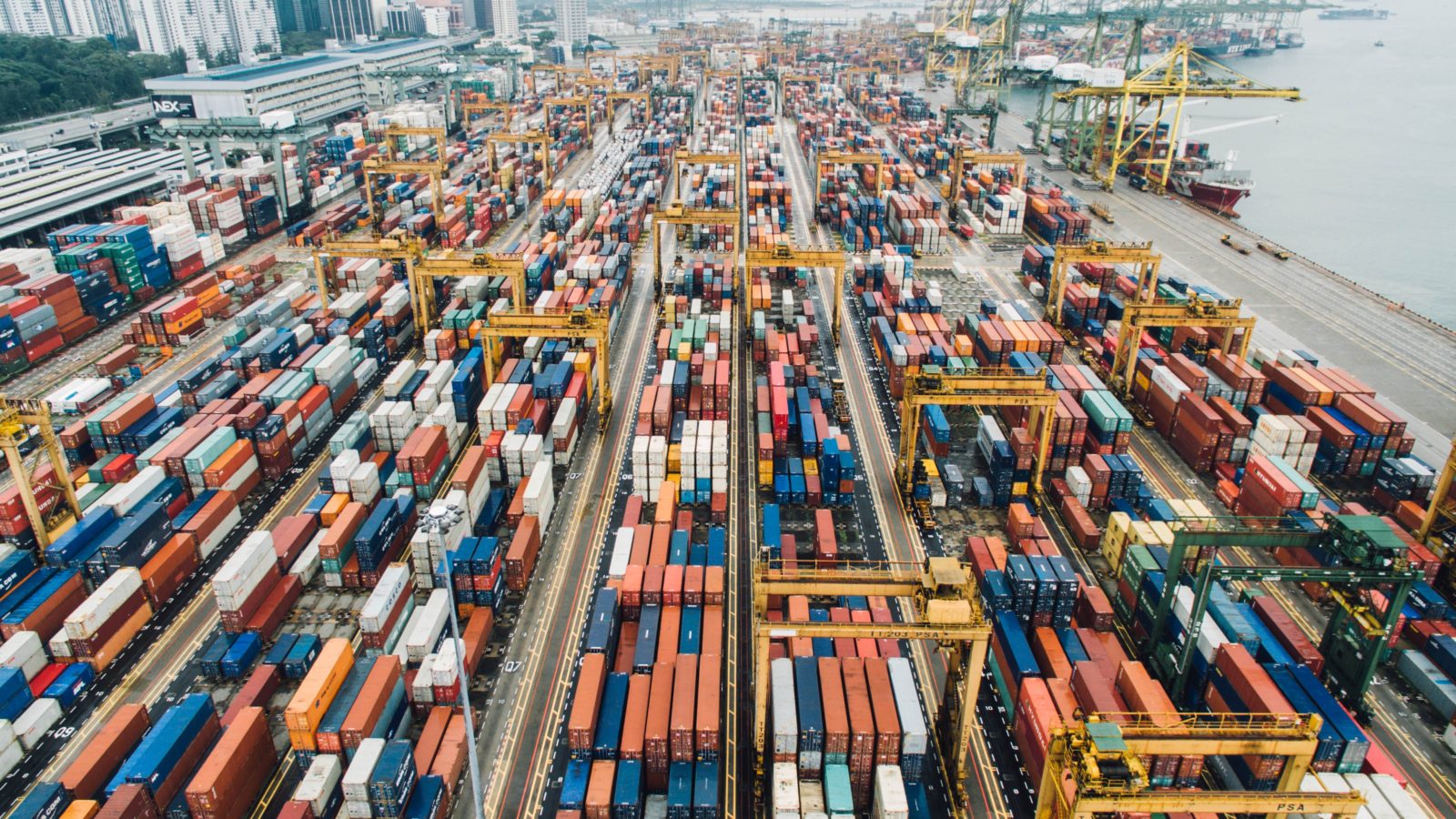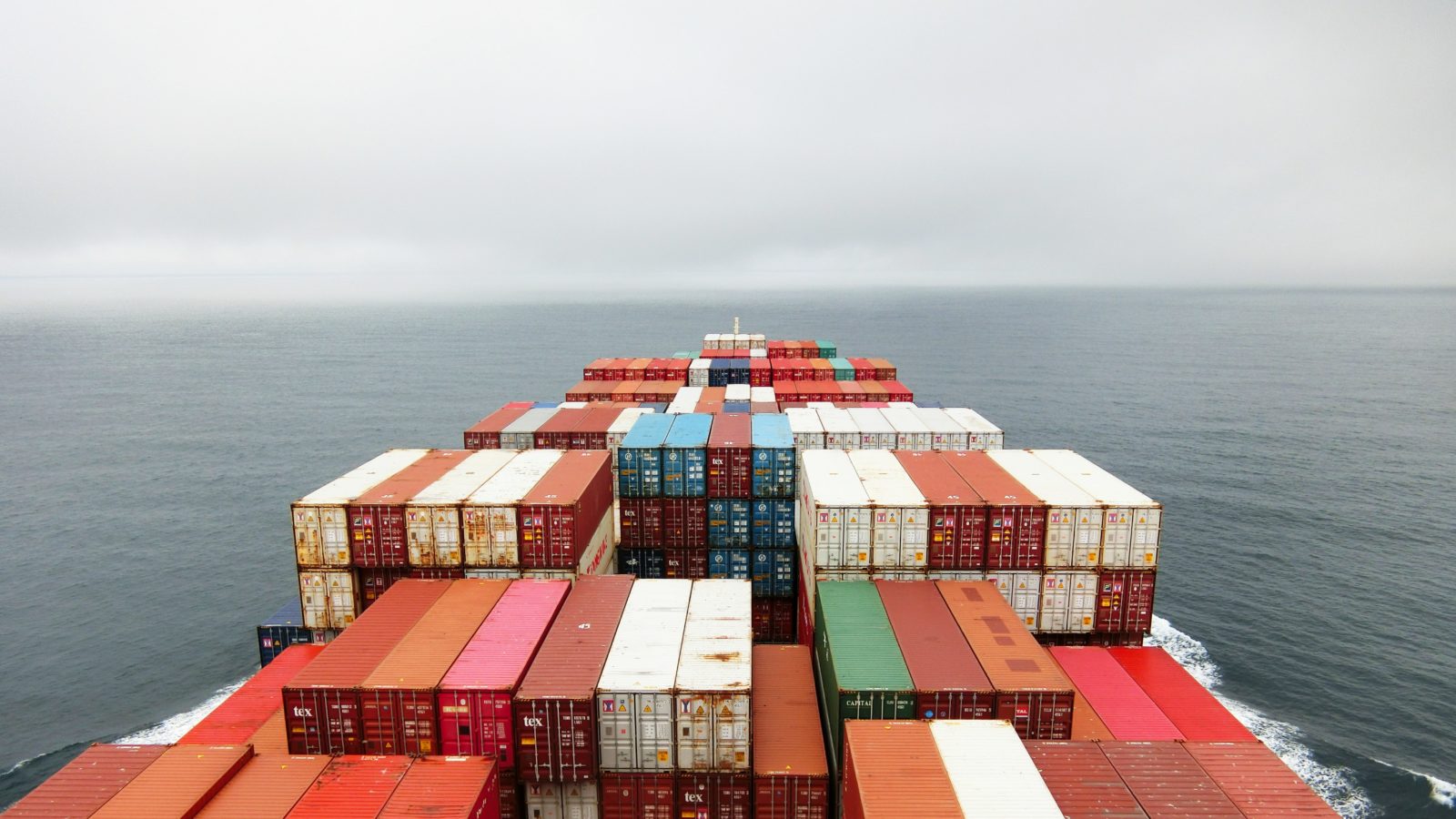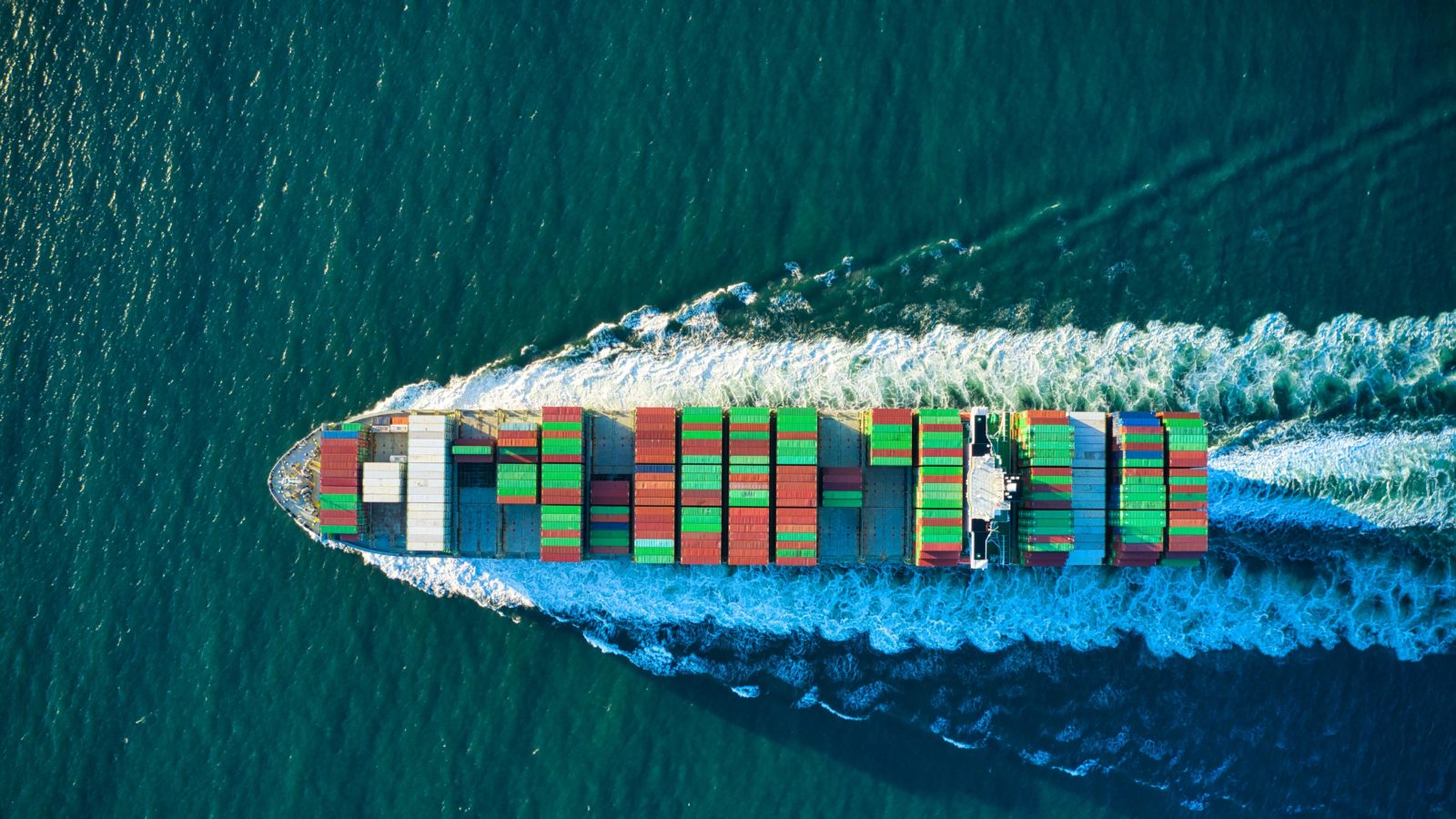FMC Tariffs
What is an FMC Tariff?
A tariff is a publication containing the rates, charges, classifications, rules, regulations, and practices applicable to ocean freight moving under the tariff owner’s bill of lading or via the tariff owner’s marine terminal.
U.S. Federal Maritime Commission regulations require that entities holding themselves out to the public as providers of ocean freight transportation publish tariffs.
Vessel-Operating Common Carriers (VOCCs) and Non-Vessel-Operating Common Carriers (NVOCCs) must publish FMC tariffs. Marine Terminal Operators (MTO) have the option to publish FMC tariffs.
Tariffs help ensure that shippers and other members of the public are able to obtain reliable and useful information concerning the rates and charges that will be assessed by VOCCs and NVOCCs for their ocean transportation services.
For more information about DPI’s FMC Tarif services, click here.
What do I need to do with an FMC Tariff?
FMC tariffs are generally made up of two parts:
- rules that affect ocean freight rates, including surcharges and bill of lading terms, and
- ocean freight rates.
Remember FMC regulations only apply to shipments moving between a U.S. ocean port and a foreign country. You may choose to publish tariffs for other trade lanes, but FMC regulations do not require this.
FMC Tariff – Rules
You must ensure that your FMC tariff contains rules reflective of all surcharges and practices that affect the ocean freight rates that you charge your shipper customers. This includes your bill of lading terms and any applicable FMC-required notices.
FMC Tariff – Ocean Freight Rates
Unless you utilize FMC-compliant publication alternatives, you must also ensure that your FMC tariff contains the current ocean freight rates that you charge your shipper customers classified by commodity. Ocean freight rates published in your FMC tariff must meet specific formatting and timing requirements.
For more information about DPI’s FMC Tarif services, click here.
What are the alternatives to filing tariff rates in an FMC tariff for VOCCs?
If you are a Vessel-Operating Common Carrier (VOCC), the alternatives to publishing an ocean freight rate in your FMC tariff are:
SCs are customer-specific rate agreements. SCs must meet specific formatting, timing, and record-keeping requirements. SCs must be filed with the U.S. Federal Maritime Commission via their SERVCON system.
Learn more about Service Contracts and FMC Tariffs on the DPI Knowledge Center. Click here for more information about how DPI can help your organization comply with FMC’s tariff regulations.
What are the alternatives to filing tariff rates in an FMC tariff for NVOCCs?
If you are a Non-Vessel-Operating Common Carrier (NVOCC), the alternatives to publishing an ocean freight rate in your FMC tariff are:
NRAs and NSAs are customer-specific rate agreements. NRAs and NSAs must meet specific formatting, timing, and record-keeping requirements. NRAs and NSAs must also be made available to the U.S. Federal Maritime Commission for inspection upon request.
Learn more about NRAs, NSAs, tariff rate filing, and FMC Tariffs on the DPI Knowledge Center. Click here for more information about how DPI can help your organization comply with FMC’s tariff regulations.
What is a tariff rule?
A tariff rule is a description of charges, classifications, rules, or practices applicable to ocean freight services moving under the tariff owner’s bill of lading or via the tariff owner’s marine terminal. Click here to see an example of a tariff rule:
U.S. Federal Maritime Commission regulations require that Vessel Operating Common Carriers (VOCCs) and Non-Vessel-Operating Common Carriers (NCOCCs) publish and maintain tariffs listing all charges, classifications, rules, and practices applicable to their ocean freight services. Marine Terminal Operators may also maintain tariffs if they choose to do so.
When rules are published in an FMC tariff they are applicable to all cargo moving under the tariff owner’s bill of lading or via their marine terminal just as if there was a contract in place with each shipper customer.
All tariffs at DPI are published with a standard set of rules that are generally applicable in the US ocean trade lanes. Some rules are also required by FMC regulations. Please review your tariff rules prior to or shortly after publication to ensure they reflect your organization’s practices and charges.
What is a tariff rate?
A tariff rate is a description of charges for ocean freight services for a specified commodity between specified origins and destinations. The tariff rate may be subject to surcharges contained in the tariff’s rules or include charges for additional services, so long as those charges are fully described in the tariff rate.
U.S. Federal Maritime Commission regulations require that Vessel Operating Common Carriers (VOCCs) and Non-Vessel-Operating Common Carriers either publish tariff rates for ocean freight services or issue alternative rate documentation in compliance with FMC regulations.
As an alternative to tariff rate filing, NVOCCs may enter into Negotiated Rate Arrangements (NRAs) or NVOCC Service Arrangements (NSAs).
As an alternative to tariff rate filing, VOCCs may enter into Service Contracts (SCs).
Read more about FMC Tariffs and FMC Tariff Rates on the DPI Knowledge Center. For more information about DPI’s FMC Tariff services, click here.
Should I file tariff rates or use an alternative?
Every organization is different however many of DPI’s clients find that filing tariff rates is the most efficient compliance method.
We recommend that you review the alternatives to tariff rate filing and consider how each alternative would fit into your organization’s protocols.
As an alternative to tariff rate filing, NVOCCs may enter into Negotiated Rate Arrangements (NRAs) or NVOCC Service Arrangements (NSAs).
As an alternative to tariff rate filing, VOCCs may enter into Service Contracts (SCs).
DPI staff are happy to review the alternatives with DPI Members and help them choose the best method(s) of compliance for their organization.
Read more about NRAs, NSAs, Service Contracts, and tariff rate filing over on the DPI Knowledge Center.
Why do Ocean Carriers ask for my tariff title page and NVOCC bond?
FMC regulations prohibit Vessel-Operating Common Carriers (VOCCs), also commonly referred to as Ocean Carriers, from entering into Service Contracts with NVOCCs that are out of compliance with FMC regulations.
VOCCs request a copy of your tariff title page and NVOCC bond to ensure that you are in compliance with FMC regulations.
If you are a DPI Member, simply log on here and navigate to the My Documents link from the Member Menu to download your current tariff title page and NVOCC bond.

